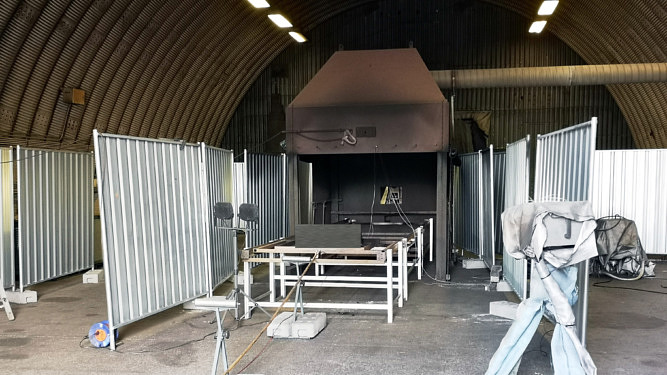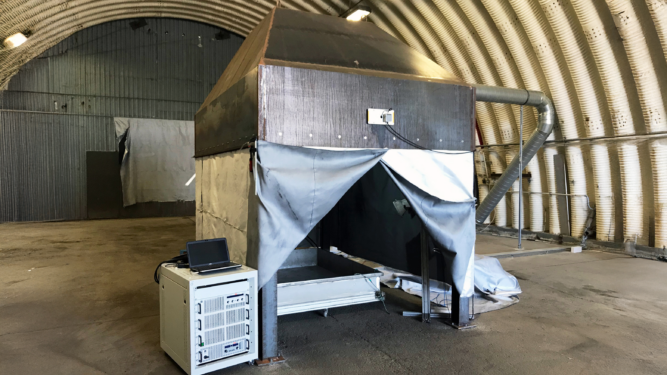
Lithium-ion batteries offer high energy density and are the key technology for electric vehicles and energy storage systems. At the same time, they pose significant risks in the event of a fault. A critical aspect of battery safety is what is known as propagation: the transfer of thermal runaway from a single cell to neighboring cells within the battery pack.
Propagation tests are therefore essential for evaluating the safety of battery systems in realistic extreme scenarios. They provide information about whether a failure remains localized or continues throughout the entire module or pack.
Lithium-ion batteries are at the heart of modern electric vehicles and energy storage systems. However, their high energy density also entails risks. Particularly critical is what is known as propagation—the uncontrolled spread of a cell failure to neighboring cells.
Propagation tests help to realistically assess this risk and ensure the safety of entire battery systems.

In a propagation test, the failure of a single cell is deliberately induced. This allows us to check whether the event spreads to other cells in the module or pack.
We use various methods to do this, including:
All tests are documented using state-of-the-art measurement technology, including high-speed and infrared cameras and precise data acquisition.
In addition, cetecom advanced is recognized as a technical service by the German Federal Motor Transport Authority (KBA).


We have our own high-security bunker in Zweibrücken for propagation tests and other safety-critical tests. It is specially designed for scenarios with almost explosive conditions and offers:
With this unique infrastructure, we can also test large and complex battery systems with an energy content of over 200kWh under realistic conditions – safely, efficiently, and in accordance with the highest international standards.
You can find detailed insights into our complete range of battery and environmental services in our current brochure. It provides an overview of our test procedures, accreditations, and laboratory capacities – from abuse tests and climate tests to propagation tests.